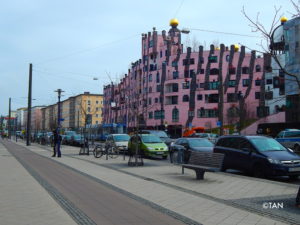
I went to Magdeburg to research my first book and not primarily to travel.
Most tourists don’t find much that is special about this city, which is why they decide to skip it during their trips to Germany. Truth be told, if you take an inter-city express train from Berlin and land in Magdeburg a couple of hours later, chances are that you will find it boring after the throbbing vibe of Berlin.
But there is way more to this sleepy city that meets the eye. Magdeburg, incidentally, celebrated its 1,200th anniversary in 2005.
Those into art, architecture and history will find enough in the city to keep you interested.
Among the city’s attractions, undoubtedly the most famous is the Magdeburg Cathedral.
In 937, the first Holy Roman Emperor Otto I founded a monastery and dedicated it to St. Maurice. In 955, the church building was extended before becoming the cathedral of the established bishopric of Magdeburg in 968. When Otto I died in 973, he was buried in a stone sarcophagus in the cathedral.
In 1207, the cathedral was badly damaged in a city fire. Archbishop Albrecht II decided to build a modern new cathedral and construction to that effect began two years later. The erection of the Gothic cathedral continued until 1362, when it was finally consecrated. The cathedral’s west towers, which reach heights of up to 104 metres, were not, however, completed until 1520, a year in which German architecture was still very much shaped by the Gothic influence.
The cathedral remains the city’s most-recognisable landmark till this day.
The city’s second-most well-known landmark is a very modern one. The Green Citadel of Magdeburg was inaugurated on October 3, 2005.
Brainchild of the eccentric Austrian architect Friedensreich Hundertwasser who worked on the plans till shortly before his death in 2000, the building is intended to be an “oasis for humanity and nature within a sea of rational houses” at the heart of the “concrete desert” of Magdeburg.
The idea trigged considerable controversy and the building continues to remain controversial.
As a building for commercial and residential use, The Green Citadel of Magdeburg – very recognisable because of its unusual colour and architecture – provides the Breiter Weg at the heart of the metropolis on the river Elbe with a colourful attraction.
The building, which includes a lot of greenery, houses 55 apartments, courtyards that are open to the public and surrounded by shops, restaurants and cafés and a small hotel with 42 rooms.
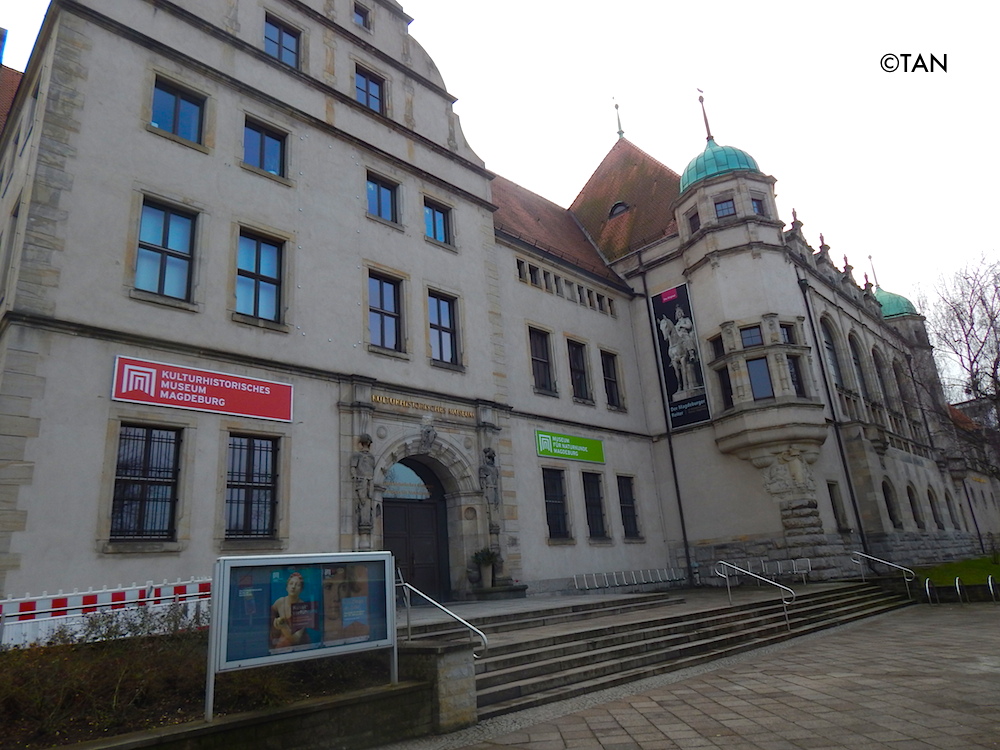
A third important destination in Magdeburg, which incidentally was vital to my book research, is the Kulturhistorisches Museum Magdeburg (The Magdeburg Cultural History Museum).
The second-most important painting to have been lost in the Second World War, Vincent Van Gogh’s The Painter on the Road to Tarascon, belonged to this museum. To save it from British bombing during the war, the painting, which was among the museum’s most prized possessions, was stored in an abandoned salt mine in Stassfurt, some 30km from Magdeburg.
The masterpiece was lost on April 30, 1945 in a fire at the mines. But whether the painting was destroyed in the fire or stolen is hard to ascertain. The story of my historical fiction novel ‘On the Road to Tarascon’ revolves around the disappearance of this painting.
Forgive me for the shameless plug but you can order the book here!
At present, the exhibition contains paintings from the 15th to the 20th century, textiles, precious goblins from Flanders, furniture from various centuries, ceramics and a number of special collections.
Offbeat places often surprise you as a traveller. Will Magdeburg do the same to you? Pay the city a visit and find out!

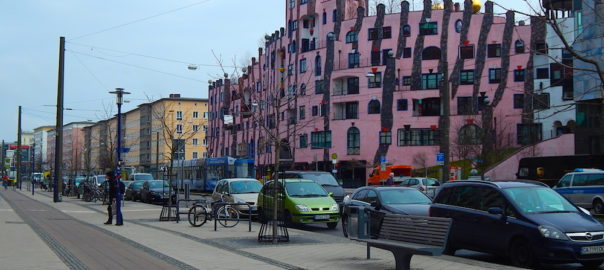

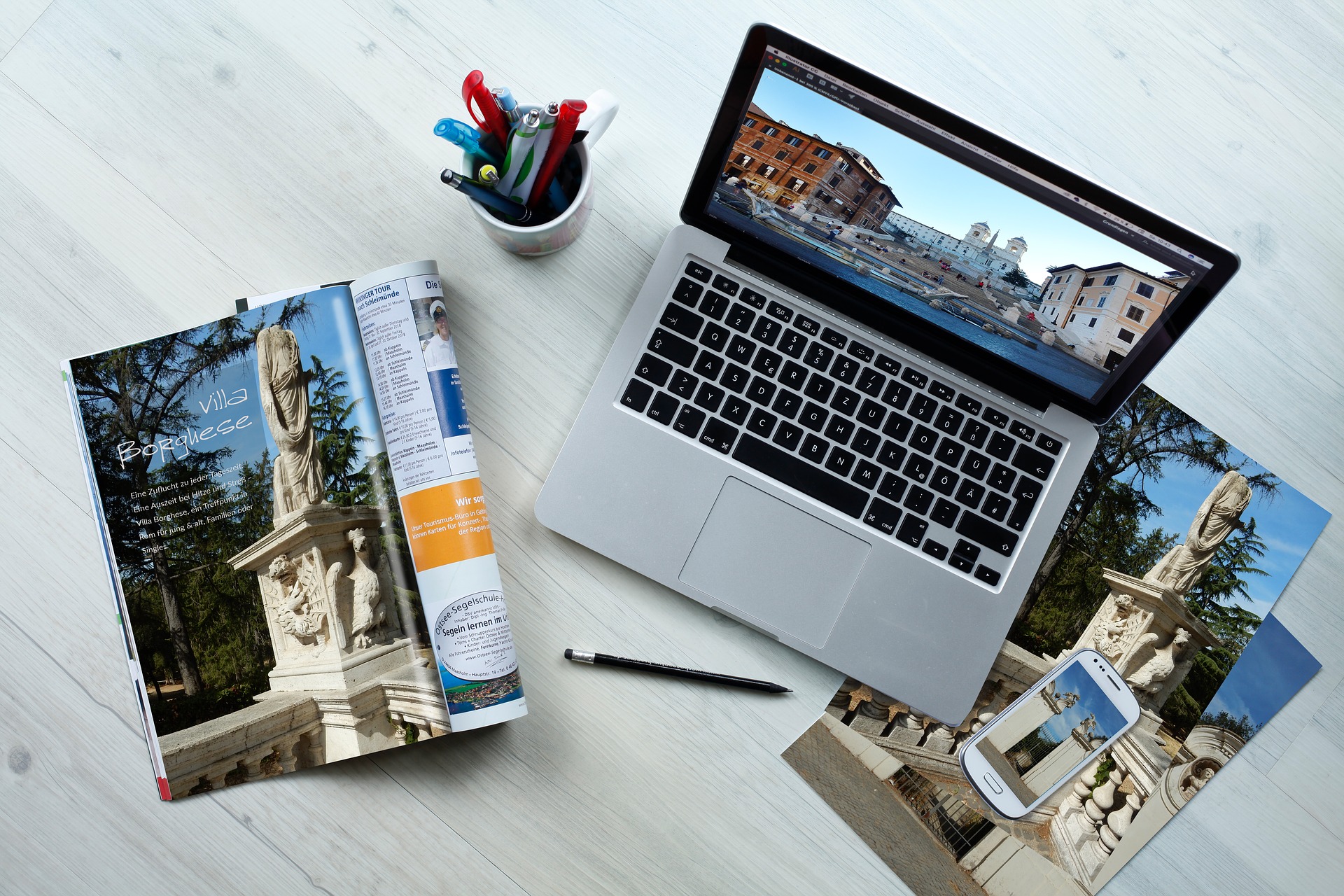
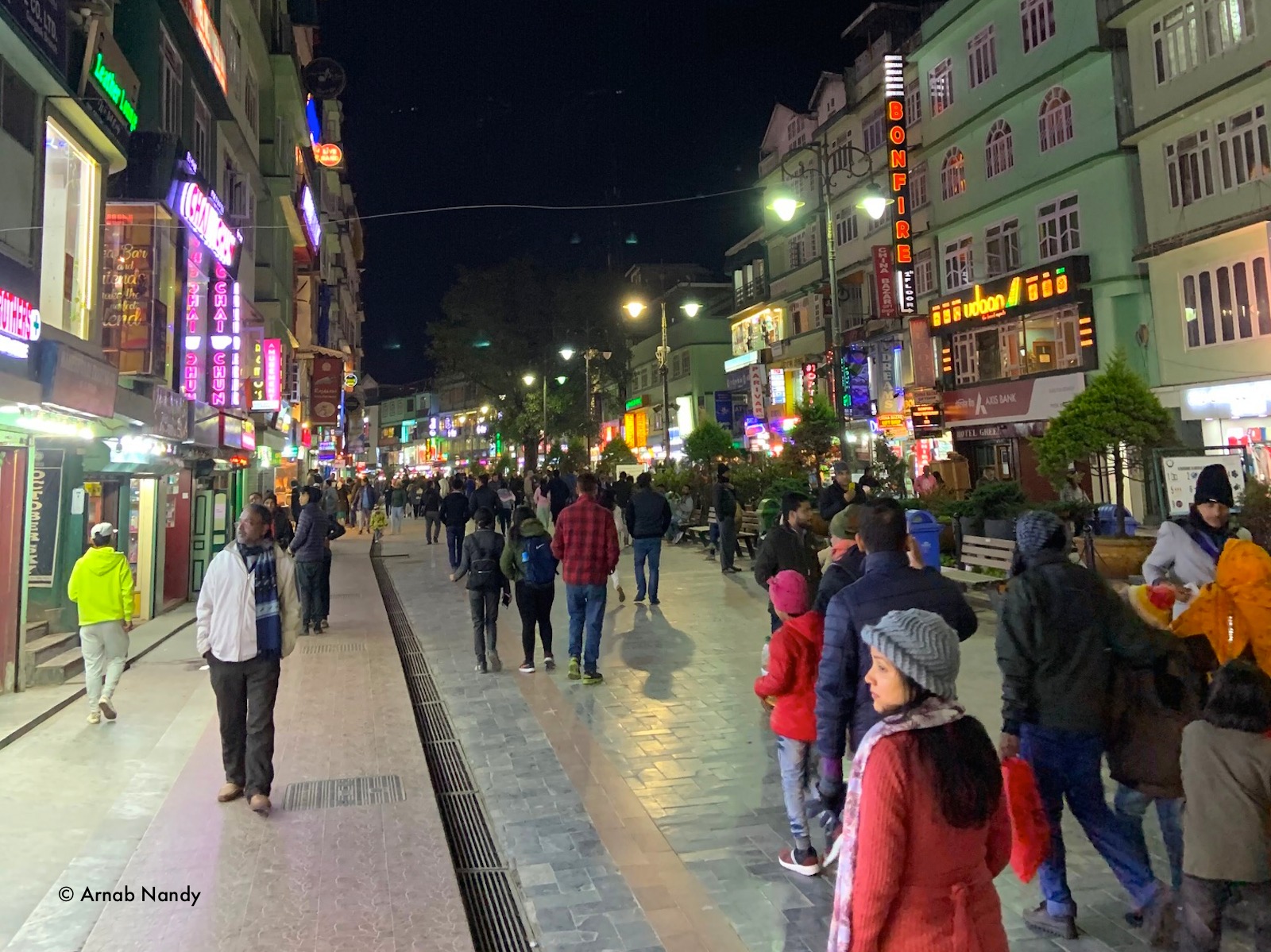
You must log in to post a comment.